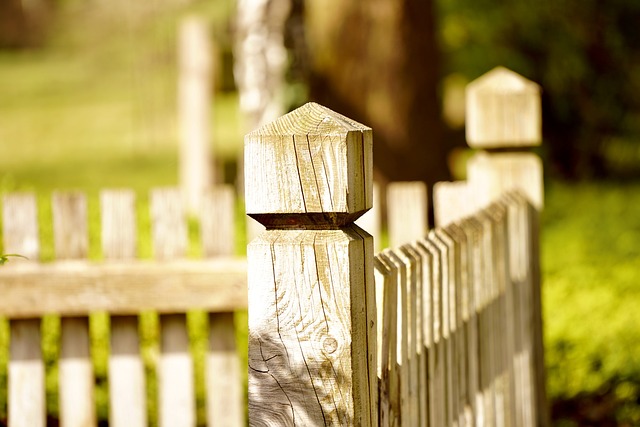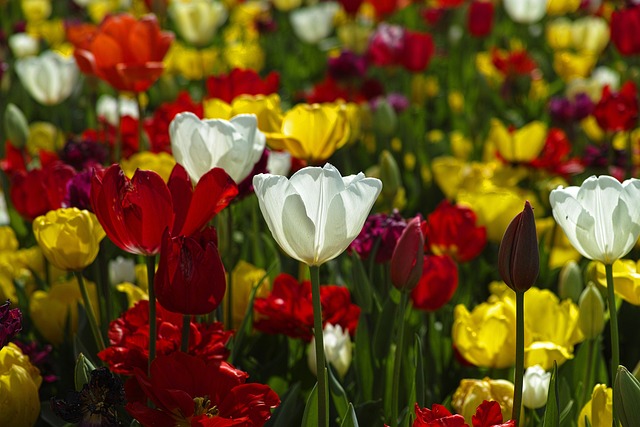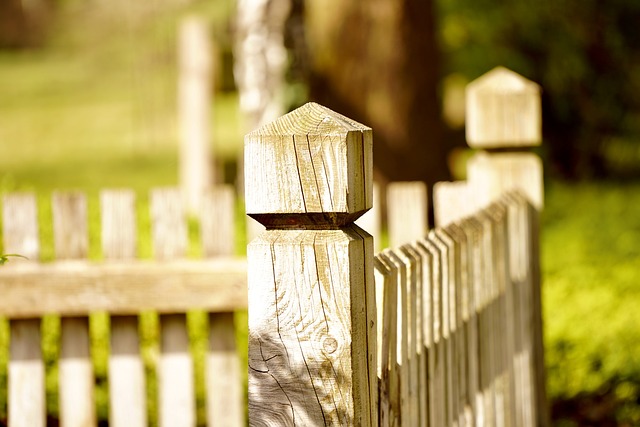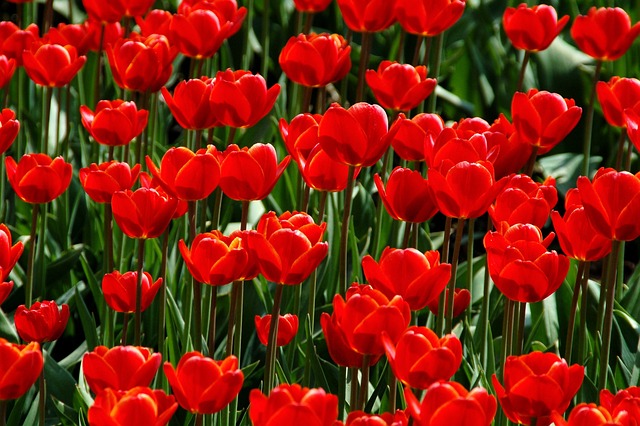Vertical gardens, also known as wall gardens, are innovative solutions that blend greenery with the practicalities of compact living, offering a space-efficient way for city dwellers to incorporate plants into their homes. These gardens can be both hydroponic or soil-based, conserving water and providing fresh produce while enriching the urban aesthetic and supporting environmental sustainability. They contribute to mental well-being by creating serene spaces within busy cities, support biodiversity, and can even increase property values. Modern vertical gardens are designed with functionality and beauty in mind, utilizing smart systems for optimal plant growth and incorporating IoT technology for real-time monitoring of environmental conditions. Examples like Tokyo's "Green Walls of Ota-ku," New York's High Line, and Sydney's "Living Wall" demonstrate the positive impacts these living walls have on urban environments, enhancing quality of life, and highlighting their importance in creating sustainable, green cities. These vertical gardens are a testament to the ingenuity of modern design, proving they are more than just ornamental—they are essential for eco-friendly living in densely populated areas.
Vertical gardens have emerged as a green beacon of sustainability within compact living spaces. These innovative gardening solutions transform walls into lush, vibrant greenery, offering an array of benefits for urban dwellers. As cities grow denser, integrating a garden into your home, through thoughtful design and plant selection, becomes not just a luxury but a practical response to limited space. This article delves into the essence of vertical gardens, their advantages in urban environments, and provides guidance on crafting your own wall garden using modern materials and technologies. With case studies highlighting real-world success stories, discover how these living walls can enhance both your living space and well-being.
- Understanding Vertical Gardens: A Sustainable Solution for Compact Living
- The Benefits of Wall Gardens in Urban Spaces
- Designing Your Own Wall Garden: Space-Saving Layouts and Plant Selection
- Innovative Materials and Technologies in Modern Vertical Gardens
- Case Studies: Successful Vertical Gardens in Compact Living Environments
Understanding Vertical Gardens: A Sustainable Solution for Compact Living

Vertical gardens represent a harmonious blend of greenery and compact living, offering an innovative solution for space-constrained environments. These wall gardens transform traditional gardening on its head, allowing homeowners to cultivate a lush array of plants upwards rather than outwards. The integration of hydroponic systems or soil-based planters into vertical garden designs further enhances their sustainability, as they can significantly reduce water usage and offer a local food source without the need for extensive land.
The concept of vertical gardens is rooted in the principle of maximizing space while minimizing the environmental footprint. By utilizing walls and other vertical surfaces, these gardens make it possible to grow a variety of plants, from herbs and vegetables to flowering shrubs, in urban apartments or small backyards. The use of climbing plants or specially designed trellises can add an additional dimension to these living walls, creating a visually appealing and functional feature that contributes to both mental well-being and environmental health.
The Benefits of Wall Gardens in Urban Spaces

Urban spaces often grapple with limited horizontal ground for traditional gardening. Wall gardens serve as an innovative solution to this challenge, transforming vertical surfaces into thriving green spaces. These vertical gardens not only enhance the aesthetic appeal of a dwelling but also contribute significantly to air purification and noise reduction, offering a tranquil oasis amidst the city’s hustle and bustle. The integration of wall gardens in urban settings promotes biodiversity by providing habitats for beneficial insects and birds, thereby fostering a more sustainable coexistence with nature. Moreover, they can increase property values and provide a platform for local communities to engage in collective gardening activities, which can strengthen social bonds and encourage environmental stewardship. The selection of suitable plants tailored to the specific conditions of each urban environment ensures that these vertical gardens are not only visually appealing but also ecologically sound and low-maintenance.
Designing Your Own Wall Garden: Space-Saving Layouts and Plant Selection

Incorporating a modern vertical garden into compact living spaces has become a trend that marries aesthetics with functionality. Designing your own wall garden requires careful consideration of both space-saving layouts and plant selection to create a lush, sustainable feature in your home or apartment. Opt for wall-hugging designs such as vertically stacked planters or modular living walls that can be customized to fit narrow spaces or irregular surfaces. These systems not only save floor space but also add greenery at eye level, enhancing visual appeal and air quality. When selecting plants for your vertical garden, prioritize species known for their suitability in such environments, like epiphytes, succulents, and climbing plants. These choices can thrive with limited light and space, ensuring a low-maintenance yet vibrant addition to any compact dwelling.
Selecting the right plants is as crucial as the layout; they should complement each other in terms of water requirements, light needs, and growth habits. Trailing plants like ivies or creepers can soften the edges of your space, while tall, slender plants can create a sense of depth. Integrate herbs and edibles for practicality, contributing to your culinary needs while adding an element of sustainability to your living space. With careful planning, a vertical garden can be both a beautiful and functional element in any small living area, transforming an ordinary wall into an extraordinary focal point.
Innovative Materials and Technologies in Modern Vertical Gardens

Modern vertical gardens have revolutionized the way we integrate greenery into compact living spaces, employing innovative materials and advanced technologies to create lush, sustainable wall gardens. These systems often feature lightweight, durable substrates such as felt or foam composites that can support plant roots while allowing for easy installation on various surfaces. The integration of smart hydroponic or aeroponic systems within these vertical gardens enables water and nutrient delivery to plants in a highly efficient manner, reducing water usage by up to 70% compared to traditional gardening methods. Additionally, the use of transparent or translucent panels in these gardens allows for photosynthetically active radiation (PAR) to penetrate, ensuring plants receive optimal light conditions even in indoor or shaded spaces. These technologies not only enhance plant health and growth but also contribute to creating visually appealing, living walls that can transform any bland surface into a vibrant green feature.
Furthermore, the advent of IoT-enabled vertical gardens has taken the concept of sustainable urban gardening to new heights. These intelligent systems come equipped with sensors and monitoring devices that regulate soil moisture levels, light exposure, and even the ambient temperature, providing an environment that is conducive to plant growth. The data collected can be analyzed and used to fine-tune the garden’s conditions for peak performance, ensuring a thriving vertical ecosystem that can adapt to changing environments. As a result, these advanced wall gardens offer a harmonious blend of aesthetics, functionality, and sustainability, making them an ideal solution for urban dwellers looking to incorporate greenery into their compact living spaces.
Case Studies: Successful Vertical Gardens in Compact Living Environments

In compact living environments, vertical gardens have become a testament to innovative urban gardening solutions. A prime example is the residential building in Tokyo known as the “Green Walls of Ota-ku,” where entire facades are transformed into lush, vibrant wall gardens. These green walls not only enhance the aesthetic appeal but also contribute to air purification and thermal insulation, significantly improving the quality of life for residents. Similarly, in densely populated cities like New York, vertical gardens have been integrated into small spaces, such as the Vertical Garden at the High Line. This project showcases the use of indigenous plants that thrive in the urban climate, providing residents with a connection to nature and contributing to the city’s sustainability efforts. The success of these initiatives demonstrates the potential for vertical gardens to revitalize and redefine compact living spaces.
Another successful case study is the “Living Wall” at the International Tower in Sydney, Australia. This colossal wall garden spans over 400 square meters and houses a diverse array of plants, creating an urban oasis that provides ecological benefits and visual interest. The Living Wall’s design incorporates sensors and irrigation systems to ensure optimal growth conditions, making it a model for self-sustaining vertical gardens in high-density residential areas. Moreover, the tower’s residents have reported improved well-being and satisfaction with their living environment, underscoring the importance of integrating greenery into compact spaces. These case studies highlight the transformative potential of vertical gardens in enhancing urban living while addressing environmental challenges.
Incorporating a vertical garden into compact living spaces offers a multitude of environmental and lifestyle benefits. These innovative gardening solutions not only enhance the aesthetics of urban environments but also contribute to sustainable living practices. By selecting appropriate plants and utilizing space-saving layouts, residents can cultivate their own greenery, promoting well-being and enhancing air quality with minimal footprint. The integration of advanced materials and technologies further facilitates the creation of efficient and attractive wall gardens. As evidenced by the case studies highlighted, these vertical gardens prove to be a practical and rewarding addition to any compact living space. Embracing this green trend can transform any small dwelling into a lush oasis, making it clear that the future of urban living is both sustainable and beautifully verdant.
